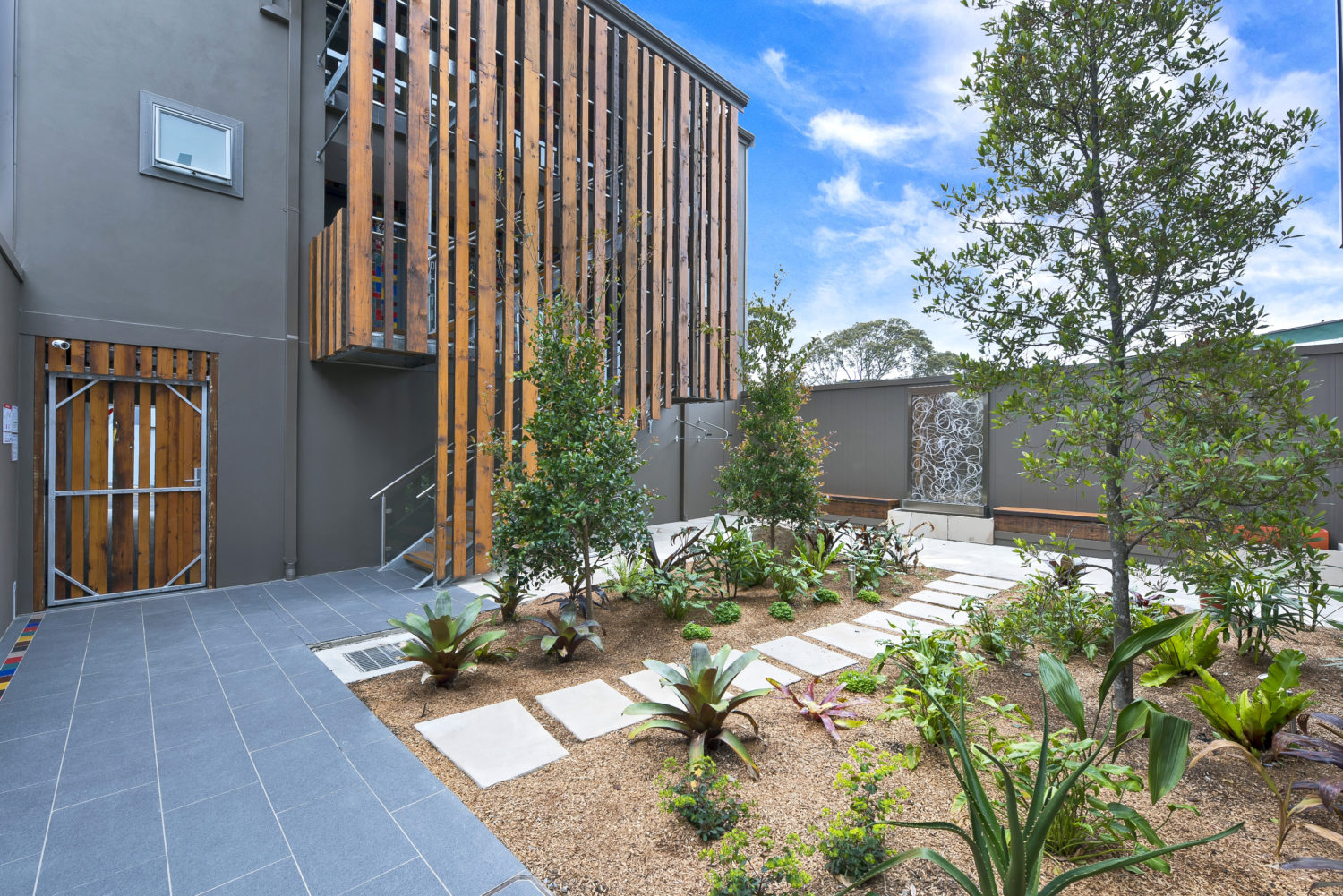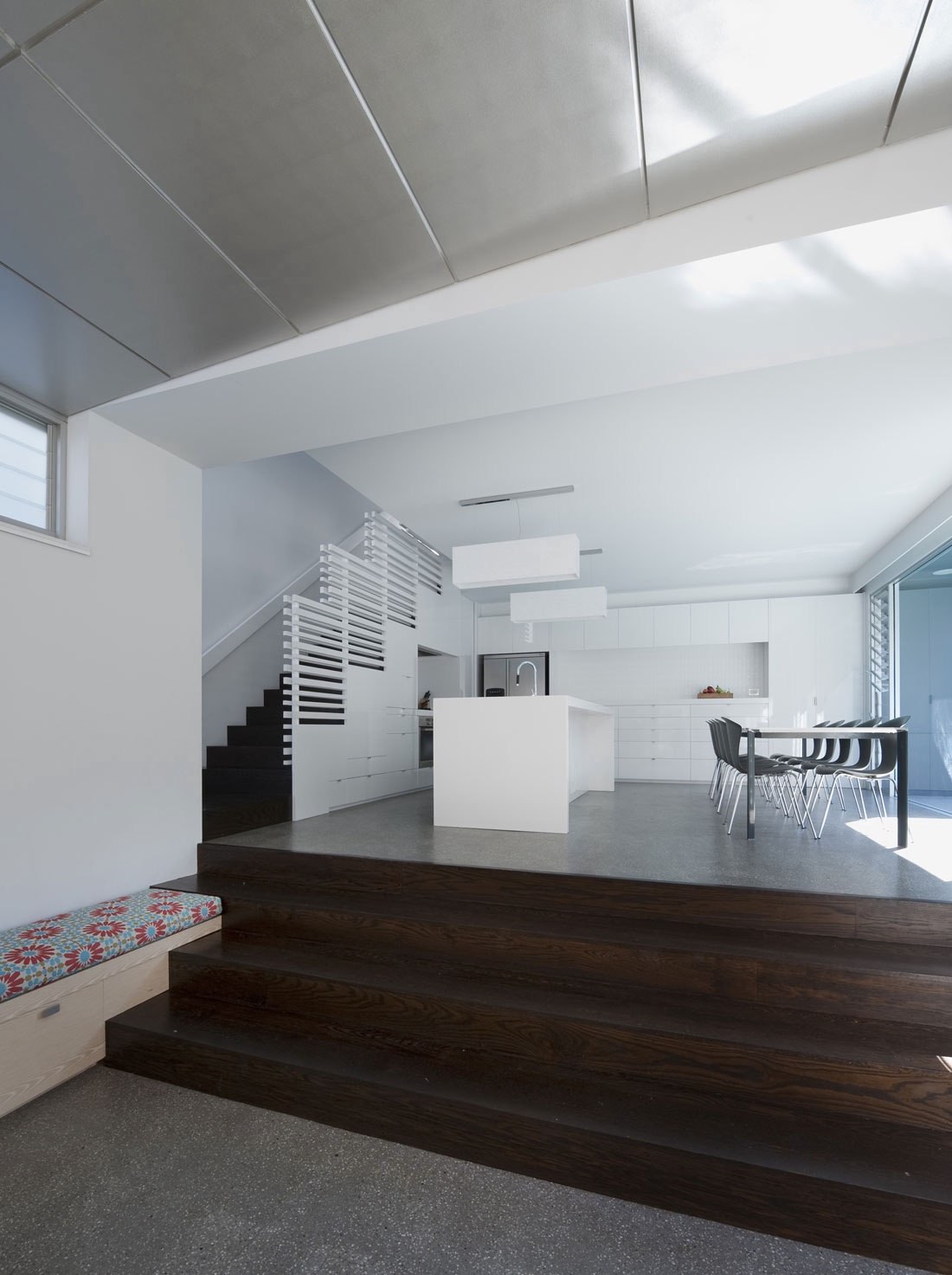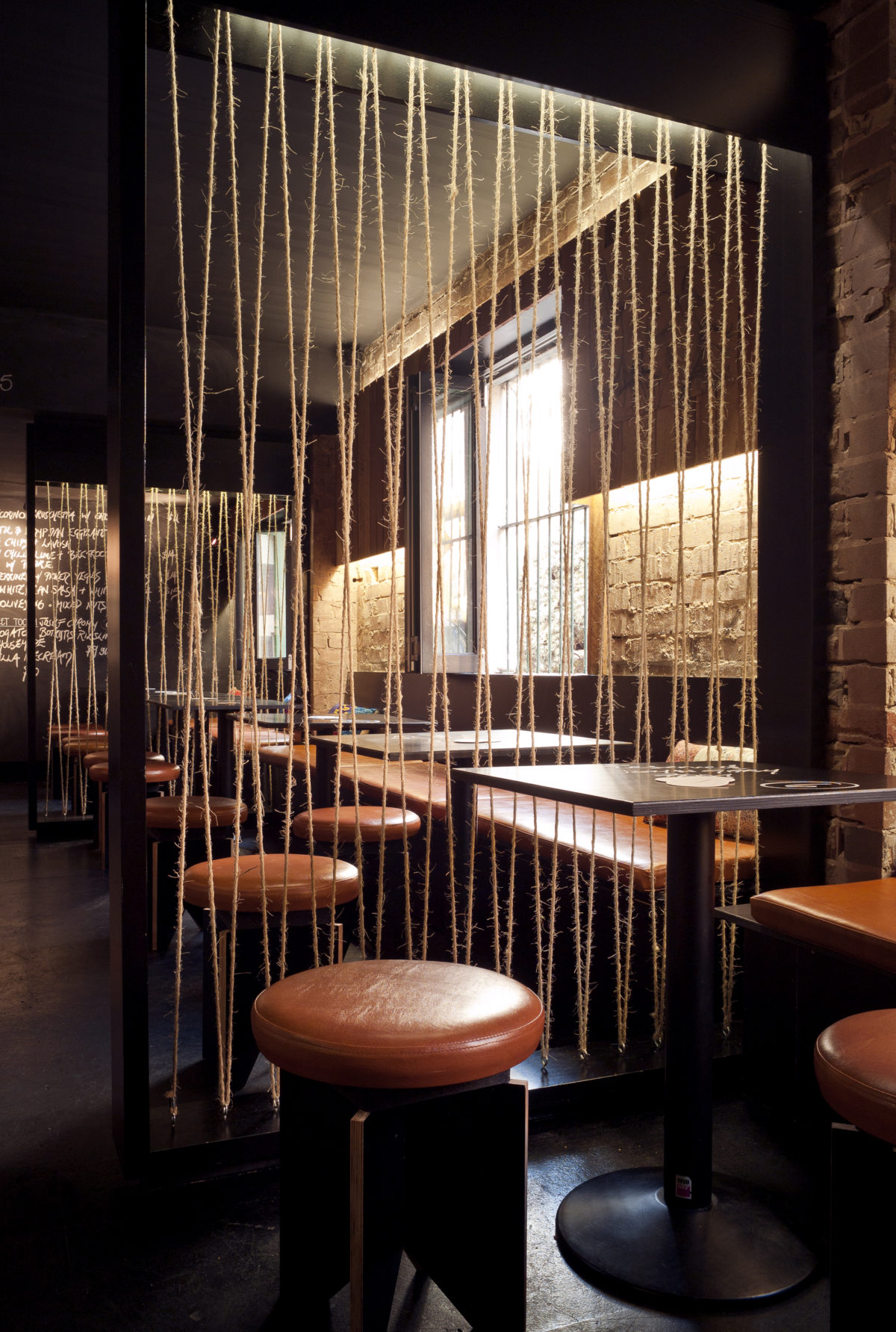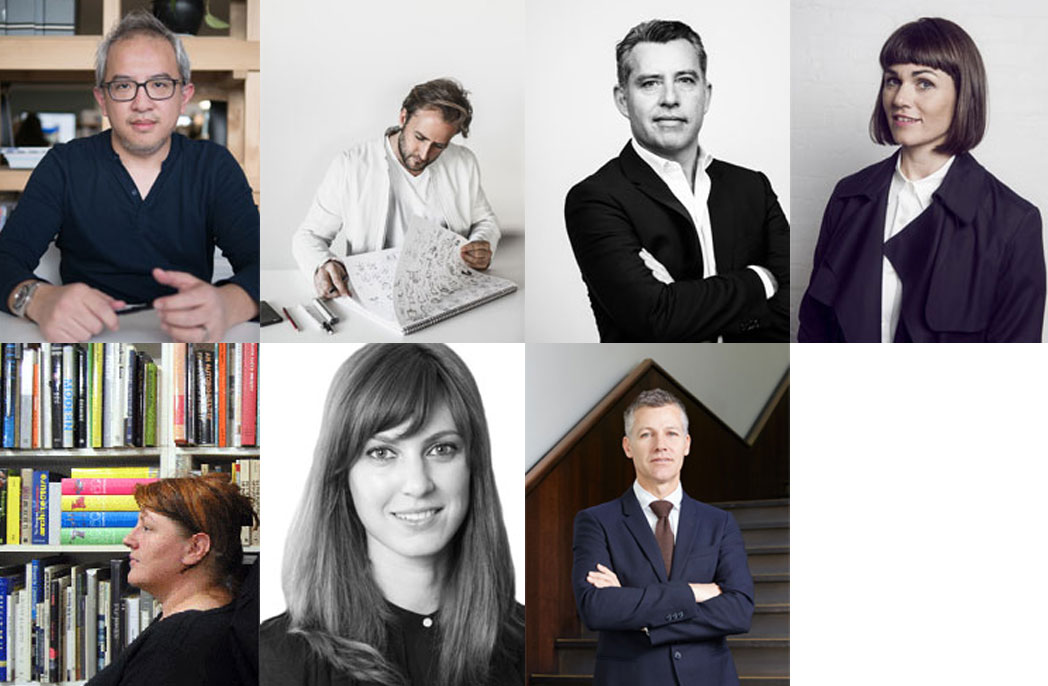
The sustain pedal with Jan O’Connor
The sustain pedal with Jan O’Connor
Share
Image above, Smith House by environa studio, features optimum orientation and solar access. Image courtesy the architect.
Jan O’Connor of environa studio, an expert in the world of sustainability, discusses the intangible new parameters qualifying sustainability.
Gillian Serisier: Five years ago sustainability meant solar panels. But now we’re at a very different place in the world of architecture and interior design and what sustainability means.
Jan O’Connor: Previously it was about the installation of green bling and add-on technology, such as water tanks, PV panels and solar power, energy and water elements. Now it’s more about the materials, the footprint, future-proofing existing ecosystems and the sociological impact. Within our architectural practice green credentials are assumed, with additional consideration for the issues of flexibility, adaptability and modularity, which are becoming critical. We design with an eye to the future, guided by the ‘three Ls’ – long life, loose fit and low impact. What changes are you seeing with the footprint?
In Sydney and Melbourne, where affordability is low and land value is high, by default many are forced to buy more compact properties and literally scale back expectations. There is also a confluence of many world trends that indirectly affect house sizes: the phenomenon of Marie Kondo the (de-clutter master), the tiny house movement, and the growing interest in zero waste and long-term sustainability.
Additionally, we have recently completed projects in suburban areas like Parramatta, where clients have purchased two adjoining properties that can be redeveloped with a house on each, that can be replaced by five or six townhouses, substantially increasing the density.

McCarthy Masionettes. A new generation inner city boarding house providing affordable accomodation studios and communal space. Photo courtesy environa studio.
How does that manifest?
This is when the ability to maximise internal space is critical, to do more with less, to include multifunctional, flexible spaces. For instance, we may design a house as a duplex or a multi-generation home, to accommodate parents, children and grandparents, considering the age of the occupants and stage of life.
A separate entry, granny flat, studio or pavilion could be modified or altered as the family grows or contracts.
Is there a macro response?
With density, social issues need design solutions. That’s one of the successful things about The Commons [Breathe Architecture’s award-winning housing development in the inner Melbourne suburb of Brunswick]. It engages with the share economy, not just cars, but spaces where the community can put their tools, bike or laundry facilities. Priority is given to individual living spaces and the more functional spaces can be combined, reduced in size and shared.
How can design changes to infrastructure facilitate a future with share economy thinking?
Infrastructure is critical. When you look at a city like New York, which is very dense, with a population of eight million, it has a very high sustainability factor. Seven million people use the subway daily, 82 percent of residents travel to work by public transport.
Whereas, here in Australia, there are large expanses between towns and cities hence that infrastructure is a very costly exercise.
Do we need to create new centres that are further out?
That is happening in Sydney. Parramatta, North Sydney, Chatswood, Hurstville and Liverpool are all undergoing urban renewal. The rejuvenation of these commercial hubs – with expanded facilities, new residential and office towers – is decentralising the city. These locations are no longer just business districts. For instance, going to Chatswood any night, it’s lively.
Cafés are open until late, with constant activity in the mall, all of which assists to keep a city active and sustainable.

Coogee House – high thermal mass concrete floor and ceiling allows for absorption and storage of heat energy. Photo by wheeler studios.
Is technology keeping pace?
Technology is evident everywhere in buildings, in the design, structure, materials, product development and the long-term maintenance. The use of drones, autonomous construction equipment, three-dimensional printing and robotic technology is disrupting and transforming the construction industry. By combining multiple technologies, structures can be built with precision, greater accuracy and speed. We may soon be able to grow building materials following the recent development of textiles and threads from bioengineered bacteria, yeast and fungi.
Does energy use counterbalance…
Less and less. People are conscious of everything relating to the life cycle of a product. People are looking at a more holistic approach now. Concrete was traditionally manufactured with excessive amounts of energy and water, now low-carbon content concretes are in production.
Are those new technology products thermally better, with an improved life length?
Sustainable materials are no longer just low-VOC (volatile organic compound) paints. Now there is very high-tech capability, products made from phase change materials that can increase thermal capability. There are self-healing materials – concrete and asphalt to date – that can repair themselves and significantly increase the lifespan of a building. Solar activated façade cladding systems can reduce the heating and cooling costs in a building.
Cradle to grave…
More like ‘cradle to cradle’, as the saying goes. Conscientious companies are transforming supply chains, reducing environmental impact and designing a better product life cycle. Interesting things are being done with waste; for instance, [the UK company] bio-bean, which recycles waste coffee grounds into advanced biofuels displacing fossil fuels. The ideal aim is to recycle, to get an additional life from a material, rather than down cycle and potentially lose quality.
Making bricks out of recycled plastic bags…
Exactly, or wood plastic composites being used for furniture and decking.
And the other technologies like wind farms or things that our houses had 100 years ago?
What’s old is new again. Old ideas are being reintroduced or rethought. We have community gardens, a return to worm farms, fruit trees, bees and chickens in urban backyards. Together with craft beverages, paddock to plate, the handmade element has returned.
People are interested in the origin of things; they want to know where their products and food come from. When my partner, Tone Wheeler, was involved with the ‘sustainable house’ at Sydney University in the early ’70s, he and his peers were considered lefty hippies. He’s been preaching about sustainability for 40 years, promoting composting toilets, harnessing power from the sun and windmills. Technologies that were alternative then are resurfacing, we are re-evaluating them and they are now mainstream.
We also need to consider the triple bottom line: people, planet and profit (equity, environment and economy). So people are really the equity, the most important thing, what everything is built around. The planet, just look at what we are doing to it… And profit, which until now has been a dirty word.
Fiscal sustainability?
Exactly. It’s something that’s got to be considered, but in a way that more people can profit from it.

Timbah Glebe – a local wine bar with a small footprint; reorganised, reworked, reused and recycled. Image by Owen Zhu.
What do you think the next 15-year leap is going see?
The next wave? I think size is going to become even more critical. We are seeing a social change in the way we’re living. Micro apartments and boarding houses in major cities will become more commonplace, as banks realise they must fund alternative housing types. More shop-top housing, common in Asia, to accommodate the required increase in density. We may see a change in the way we blend our work and home life, which may change the spaces we use. The impact of generations who cannot afford to move away from the family home will necessitate that we design habitats that can adapt and be easily modified.
The population of Australia is still relatively small; we are only beginning to use sophisticated systems like geothermal, which has been used in Europe for a long time. The development of technology, transportation, robotics and energy systems will have a big impact.
A year ago the big news was Tesla, but it’s like solar, you do the equation (with a warranty for 10 years) it’s not going to be cost-effective…
That leads me to our design approach I mentioned: the three Ls – long life (making the building last), loose fit and low impact. The loose fit is the ‘add-ons’ like technology; that is upgrading fast, for instance PVs (photovoltaics), which may only have a 10-year lifespan. They need to be a loose fit, sufficiently so that they can be removed, recycled and the new technology placed on. Use a spanner not a hammer.
So do you think we will have technology, like batteries, that are cost-effective?
Totally. In four to five years, the technology will be cheaper, the production costs will have dropped and the payback time will be reasonable. In 2002, we installed a five-kilowatt hour lead-acid battery storage system at a remote rural residence, the cost was about $20,000. Today, a similar, but more sophisticated, unit can be purchased for approximately $14,000. Just look at the innovation in home monitoring systems. Lighting, temperature, audio, television and security can all be tracked by a phone app. Many houses are fitted with smart meters, with inhome displays to monitor your energy consumption. These can be purchased for under $100.
Are we transitioning to sustainable change successfully?
Forty percent of carbon dioxide emissions in the developed world come from heating, cooling and powering buildings. In Australia, most of our major cities and towns are managing waste smarter, improving water efficiency, reducing carbon emissions and the environmental impact, building energy efficient buildings, increasing environmental performance and boosting renewable energy; therefore, reducing our reliance on fossil fuel. On a micro level, we are doing well, building green walls and rooftops and collecting rainwater for reuse. As communities, we are sharing cars, producing rooftop honey and growing food together locally.
What could we do better?
Improve city master planning and adopt a ‘good design’ code policy for everything, increase funding for more reliable, convenient mass transportation, mandate more ambitious energy reduction targets and engage in more effective government and community collaboration.
This article originally appeared in inside 94 – available now on newsstands, or digitally through Zinio.
You Might also Like

















